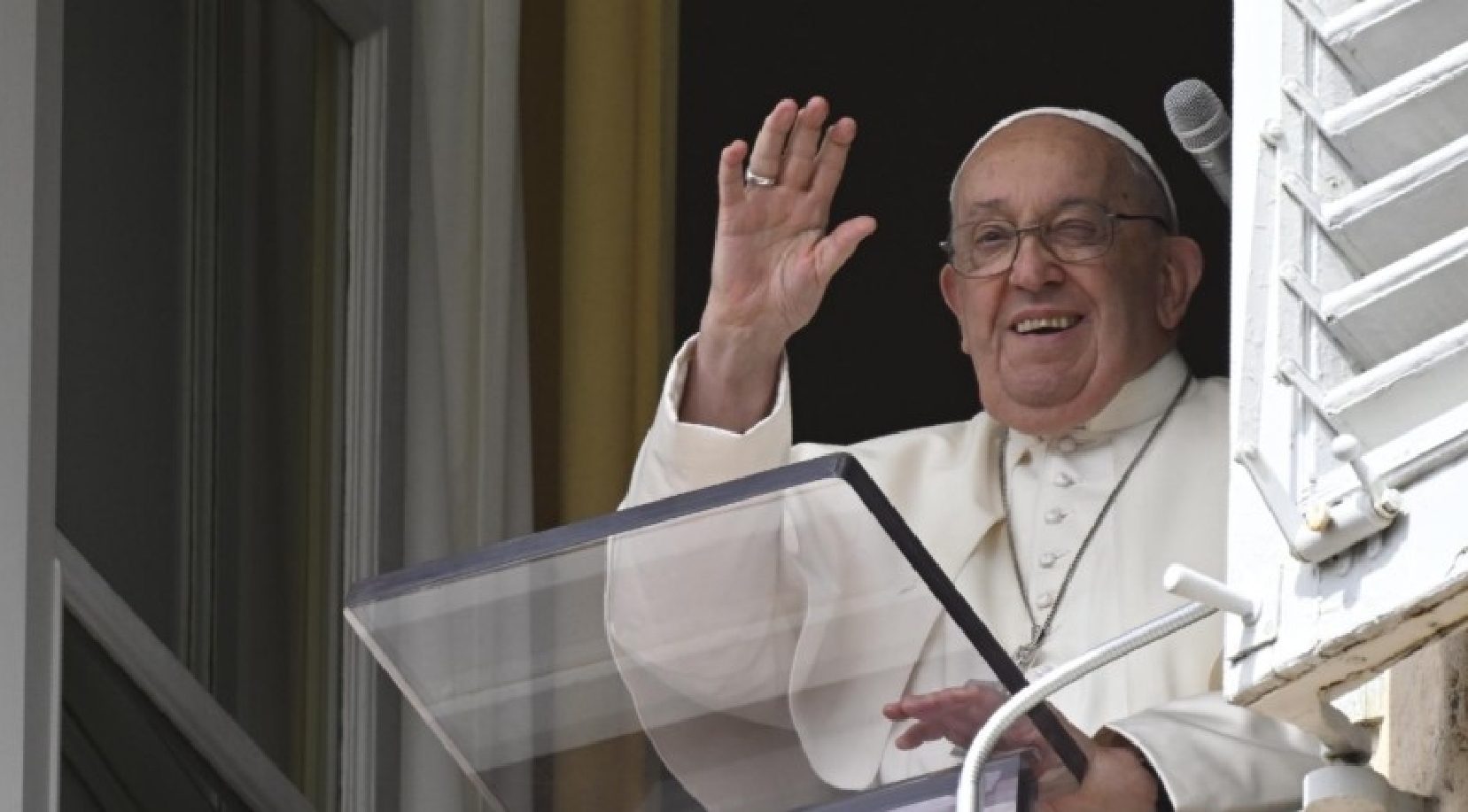Article content If you have even just a passing interest in old cars, you’ve likely heard of the Pebble Beach Concours d’Elegance . One of the most prestigious classic-car shows worldwide, it was held mid-August for the 73rd time near Monterey, California. The highest honour at the event is, of course, Best in Show.
Entrants restore their cars to the highest degree in the hopes of winning it. But this year, for the first time ever, it went to a 1934 Bugatti Type 59 essentially unchanged for the last 80-plus years . Cars known as “preservation” have their own categories at Pebble Beach, and our highlights from the show include these original beauties.

What is a “preservation” car? It’s generally a vehicle that’s been kept as close as possible to its state when it was new, or, in the case of the winning Bugatti that had originally been a race car and then got a new body, as close as possible to that major makeover. When it comes to judging this class, maintenance and new tires are allowed, but for the most part, the car’s driveline, paint, and interior are supposed to be as they were. The rationale, as their owners invariably tell you, is that “it’s only original once.
” Or, “you can’t replace the condition,” according to Justin Gosaynie, who was showing his 1923 Locomobile Model 48 Sportif, a U.S. brand built from 1899 to 1929.
“This was the most expensive car in America in 1923. I’ve owned it for a year and a day. It’s had a number of [owners], including one family that had it for two generations, and it’s the original paint and interior.
” The car is driven by a 525-cubic-inch (8.6L) six-cylinder engine making 95 horsepower, and “it’s just wonderful to drive,” he said. There were other Bugattis at the event alongside the Best in Show winner, and Ted Reinel’s 1937 Type 57C was also in the preservation class.
“It’s how it left the factory, but we drive and use [our cars],” he said. His son had just driven the car on the Pebble Beach Motoring Classic, where owners start in Seattle and drive 1,600 miles (2,575 km) down the coast to get to the show. The ’37 Bugatti is “coachbuilt,” meaning Bugatti made the chassis and then another company created the body by hand to the customer’s specifications.
This one was commissioned by Prince Wilhelm of Sweden. The car’s second owner kept it for 40 years until his death. A close friend of Reinel then owned it for 43 years until he died, and Reinel, now the car’s fourth owner, bought it from the estate.
“The last two owners kept it until they passed, and I hope it’s a while, but that’s the plan for me,” he said. Nancy Strong was dressed in vintage clothing to display the 1915 Packard 2-38 Special Runabout she and her husband Allen brought from Illinois. Packard was based in Michigan and, if it hadn’t disappeared in 1958, would mark its 125th year in 2024; and because of that, the brand was a special feature at the show.
This car’s original owner was Carl Fisher, a Packard dealer who was also the driving force behind building the Indianapolis Motor Speedway. It’s also the earliest Indy 500 pace car still around, having done that duty in 1915. It was white then, and in spots that shows through the green paint applied in the 1920s.
“It would be a bastardization to restore it,” Strong said. “We’ve owned it ten years. It was in someone’s home in a car gallery, and in a museum prior to that.
It hadn’t run for 90 years and Allen got it running. We take it to shows because of its history, but you can’t take it out on the interstate. There are just too many people texting.
” Preservation includes museum cars, and several automakers brought concepts from their collections, including BMW’s 1972 Turbo Coupe, originally built to show off advanced technologies such as “safety” steering. Other preservation models included a 1922 Leach, possibly the only survivor of the 300-or-so luxury cars built by the Los Angeles-based automaker in its three years of operation; a 1938 Mercedes-Benz 770 Pullman Limousine, a bulletproof model built for global heads of state; and a 1933 Chrysler Imperial LeBaron that crisscrossed the U.S.
several times, driven by the owner of a travelling carnival. Despite cracked leather upholstery and delaminating glass, it was still a show-stopper, because they’re only original once. Some long-gone models restored to their glory The automobile’s early days were filled with new brands, but it’s a tough business, and the concours d’elegance highlighted a number of nameplates that, if not for collectors and restorers, might be forgotten today.
1932 Röhr 8 Type F Streamliner Röhr was made in Germany, founded by Hans Gustav Röhr. He’d already gone bankrupt and his company reorganized by its financiers when this car was built; it closed for good in 1935. The Type F used a 3.
3L eight-cylinder engine making 75 horsepower, and its driveline and suspension were designed by Ferdinand Porsche. This car, which took third in its class at Pebble Beach, was initially displayed at the 1932 Berlin Auto Show. (The car’s owners are Mary and Ted Stahl, of Florida.
) 1938 Delage D8-120 Based in Paris, Delage made race cars, as well as models for well-heeled consumers. In 1935, it was sold to luxury French automaker Delahaye, and this “Aerosport” has an eight-cylinder Delage engine in a Delahaye chassis, with its body by Paris coachbuilder Letourneur et Marchand. Twelve of these bodies were built, and eight are known to exist today.
The car won its division at Pebble Beach, and was a finalist for Best in Show. (Owners: Dana and Patti Mecum, Wisconsin) 1937 Cord 812 Phaeton Made in Indiana, Cord is considered the first U.S.
full-production car with front-wheel-drive (FWD). Only two short-lived versions were made, and looked nothing like each other. The L29 was made from 1929 until 1932, killed off by the Depression.
It came back for 1935 like this, its distinctive styling dubbed the “coffin-nosed Cord,” but only lasted two years. This one finished second in its category at the show. (Owners: Donald and Paula Beck, Oklahoma) 1916 Pierce-Arrow 48 B-4 Vestibule Suburban This seven-seater features the arched rear door that marked the Vestibule Suburban body — and at a cost of $6,200 back then, it’s believed only two were made that year.
Pierce-Arrow was built in Buffalo, New York, and among U.S. cars, if you wanted more than a Cadillac or Lincoln, you went for one of the “Three P’s” — luxury brands Pierce-Arrow, Packard, or Peerless.
This year, the car won its Antique division; and it did the same in 1977 following a restoration back then. (Owners: Bradley and Andrew Greene, California) 1931 Marmon Sixteen LeBaron 2-4 Rumble Seat Coupe Cadillac and Indianapolis-based Marmon were the only two American companies to offer V16 engines. Howard Marmon developed his brand’s 491-cubic-inch (8.
0L) engine, which made 200 horsepower and could exceed 100 mph (160 km/h) — in 1931! Marmon put smaller engines in its cars, too, and only 400 Sixteens were ever made. (Owner: Gary Severns, California) And some classics from names that are still around— While not all of those original manufacturers stood the test of time, many of today’s nameplates have been around for a while, and some of their earlier models were garnering attention at the show. 1934 Hispano-Suiza J12 Vanvooren Cabriolet The Barcelona-based company closed in 1944 after 40 years, but descendants of its founders are currently putting the name on supercars.
The J12, carrying a 9.4L V12 engine, was first shown at the 1931 Paris Auto Salon. This car’s original coachbuilt body was replaced with this one after just three years.
At this show, the car came second in its class to a 1923 Hispano-Suiza. (Owner: Sir Michael Kadoorie, Hong Kong) 1900 Benz Contra Duc Definitely not something you’ll find in a Mercedes-Benz showroom today, this 1900 model was a direct descendant of Karl Benz’s 1886 Patent-Motorwagen, considered to be the first automobile. The “Contra” refers to its two-cylinder engine, and it has four wheels to the Patent’s three.
A passenger can sit ahead of the driver. It had been in the same family in Britain from new until its second owners bought it recently. (Owners: Mary and Ted Stahl, Michigan) 1971 Rolls-Royce Phantom VI Frua All-Weather Cabriolet Cars by Italian coachbuilder Pietro Frua were a feature at this year’s show.
This huge Rolls started as a Phantom VI chassis sent to Frua’s company in 1971, but it wasn’t finished until 1993, a decade after Pietro Frua died. Its “all-weather” top can be fully opened or closed, or just raised over the passengers while the chauffeur sits uncovered. The bar in back was a highlight for us, as it must have been when the car debuted at the 1993 Geneva Auto Show.
We weren’t offered a drink, but that was probably for the best, as we had to keep walking to cover all the highlights of this incredible edition of the Pebble Beach Concours d’Elegance. (Owners: John and Gwen McCaw, Florida) Sign up for our newsletter Blind-Spot Monitor and follow our social channels on X , Tiktok and LinkedIn to stay up to date on the latest automotive news, reviews, car culture, and vehicle shopping advice..



















